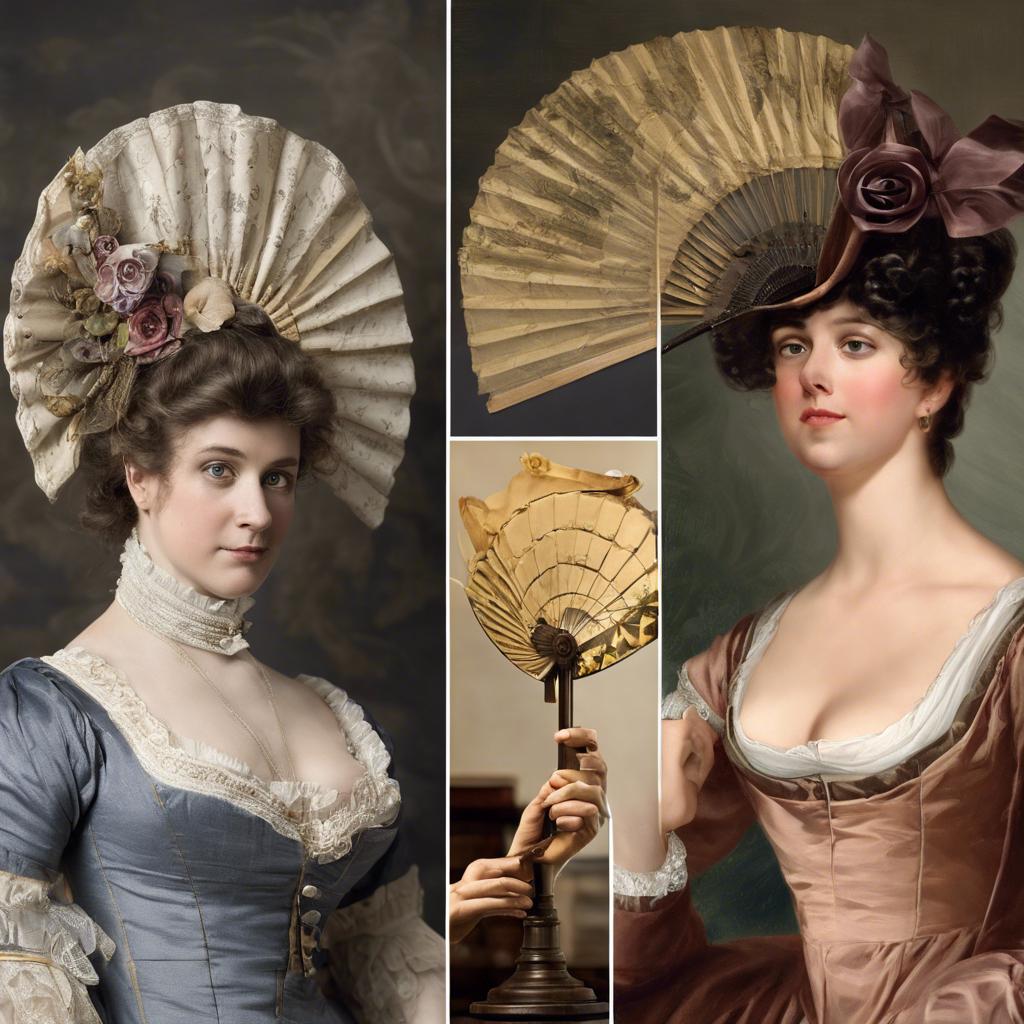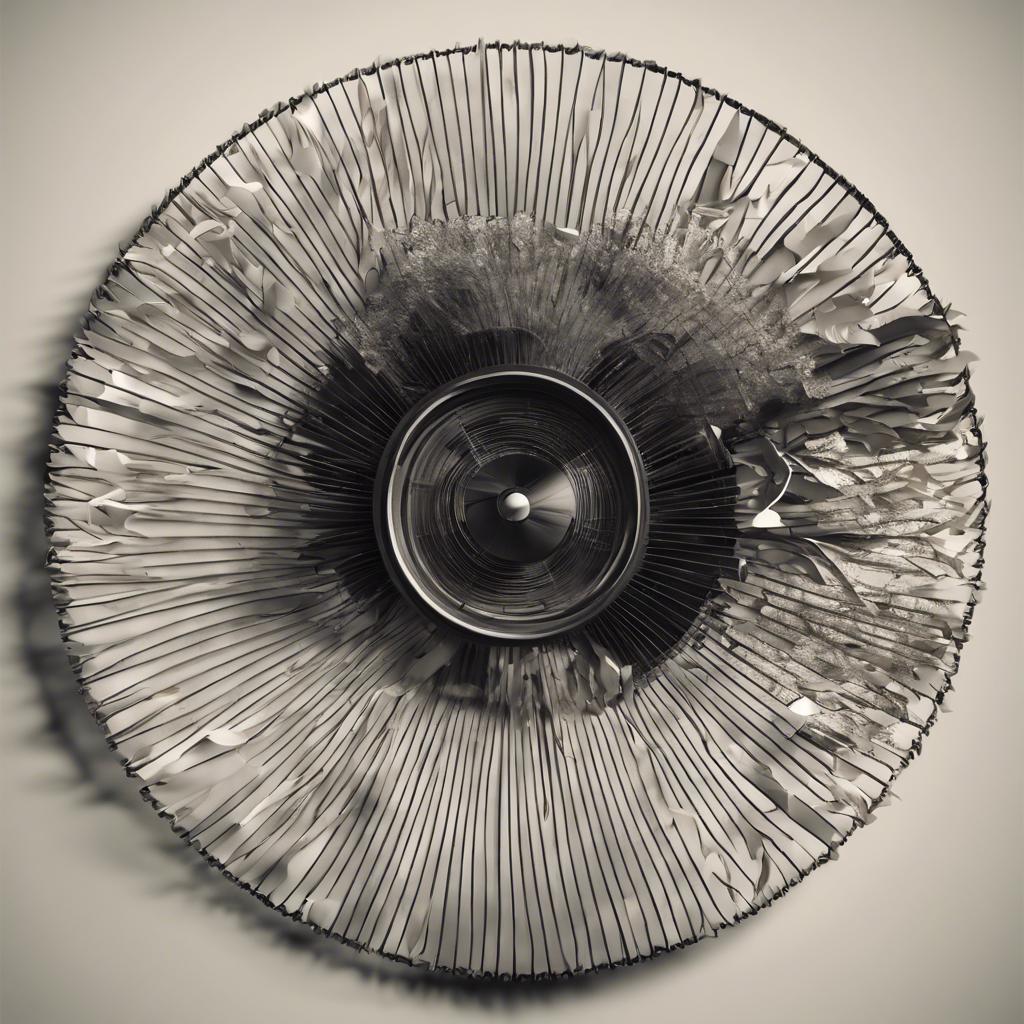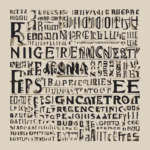In the extravagant and refined world of the Regency era, fan language served as a subtle yet powerful form of communication for both men and women. Adorned with intricate designs and delicate materials, the Regency fan became a symbol of status, sophistication, and social etiquette. Join us as we delve into the fascinating history of the Regency era fan, exploring its cultural significance and the intricate art of fan language.
Step Into the World of Cheryl Bolen
Dive into the enchanting stories of love, intrigue, and elegance set in the Regency Era. Cheryl Bolen's novels offer timeless romance and captivating tales that will leave you wanting more.
Explore Cheryl Bolen's Books Now
The Evolution of Regency Era Fans: From Functional Accessories to Fashion Statements
In the elegant world of Regency era fashion, fans were much more than just functional accessories – they were a symbol of status and sophistication. Originally used for practical purposes such as staying cool or discreetly communicating with others, fans quickly became a fashion statement in their own right.
During the early Regency era, fans were typically made of materials such as ivory, silk, or lace, intricately decorated with delicate designs and embellishments. These fans were not only used for their intended purpose of cooling oneself, but also served as a means of non-verbal communication. A subtle flutter of the fan could convey a range of sentiments and messages, adding an element of mystery and intrigue to social interactions.
As the era progressed, fans evolved into works of art, with elaborate hand-painted designs and intricate carvings becoming more common. The craftsmanship and attention to detail that went into creating these beautiful accessories made them highly sought after by fashionable ladies of the time. Fans were no longer just a practical tool, but a luxurious accessory that added an extra touch of elegance to any ensemble.
Materials and Techniques Used in Creating Regency Era Fans: Silk, Ivory, and Hand-painted Designs
Silk was the primary material used in creating Regency Era fans, known for its luxurious texture and elegant appearance. The silk would be carefully chosen for its quality and durability, ensuring the fan would withstand frequent use. Ivory was often used for the fan’s ribs and guards, providing a sturdy structure for the delicate silk fan to attach to. The combination of silk and ivory gave Regency Era fans a sophisticated and timeless look.
Intricate hand-painted designs were a popular technique used to embellish Regency Era fans, adding a touch of artistry and individuality to each piece. Skilled artists would meticulously paint designs, such as florals, landscapes, or scenes from mythology, onto the silk or paper of the fan. These hand-painted designs were highly sought after and often served as a reflection of the owner’s taste and personality.
The craftsmanship involved in creating Regency Era fans was truly remarkable, with artisans dedicating hours of meticulous work to perfect each fan. From selecting the finest silk to delicately painting intricate designs, every step of the fan-making process required precision and attention to detail. The combination of materials like silk, ivory, and hand-painted designs resulted in fans that were not only functional but also exquisite works of art, exemplifying the elegance and refinement of the Regency Era.
How to Properly Display and Care for Your Regency Era Fans
To properly display and care for your Regency era fans, it’s essential to handle them with care and attention to detail. These delicate accessories were not only fashionable but also practical for keeping cool in the warm climate of the 19th century. To ensure the longevity of your fan, follow these guidelines:
– Store your fans in a cool, dry place away from direct sunlight to prevent fading and damage to the delicate materials.
– Avoid touching the delicate paper or fabric of the fan with dirty or oily hands, as this can stain and deteriorate the materials over time.
– Gently clean your fan with a soft, dry cloth to remove dust and dirt. Avoid using water or cleaning solutions, as this can damage the delicate materials.
Properly displaying your Regency era fan can elevate the aesthetic of any room. Consider these tips for showcasing your fan in a historical and elegant manner:
- Display your fan in a shadow box or frame to protect it from dust and damage while still showcasing its intricate design.
– Position your fan on a stand or easel to create a focal point in the room and allow for easy viewing of its delicate details.
- Incorporate your fan into a gallery wall or display with other historical artifacts and accessories for a cohesive and visually appealing arrangement.
The Significance of Regency Era Fans in Social Etiquette and Communication
Fans during the Regency Era were not only a fashion statement but also played a significant role in social etiquette and communication. These delicate accessories were used by women to convey messages, emotions, and even flirtations in a subtle and elegant manner.
One of the most common ways fans were used in communication was through a secret language known as “fan flirting.” Different gestures and movements with the fan could indicate interest, rejection, agreement, or even a request for a private conversation. This non-verbal form of communication added an element of mystery and intrigue to social interactions.
Additionally, fans served practical purposes beyond communication. They provided relief from the sweltering heat of ballrooms and gatherings, shielded women from unwanted attention, and added a sense of grace and sophistication to their overall ensemble. The intricate designs and craftsmanship of these fans also reflected the status and wealth of their owners, making them a coveted accessory among the elite.
Concluding Remarks
the Regency era fan was not just a fashionable accessory, but a symbol of status and social etiquette during a time of great cultural and political change. While the fan has evolved over the centuries, its significance in the Regency era remains a testament to the elegance and sophistication of the time. By understanding the history and significance of the Regency era fan, we can appreciate its lasting impact on fashion and society. So next time you see a delicate fan in a museum or period drama, remember the intricate language of the fan and the sophisticated society that once wielded it with grace and poise.


